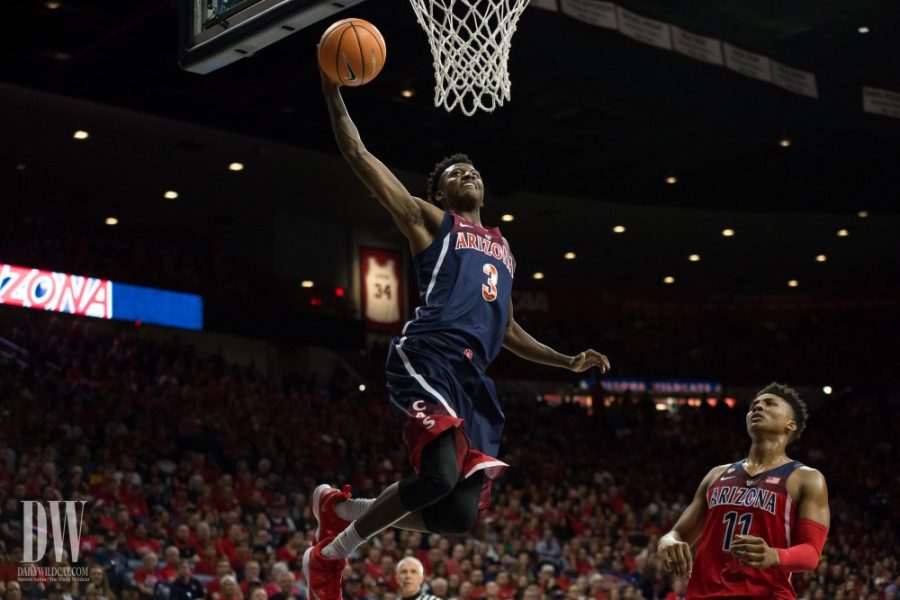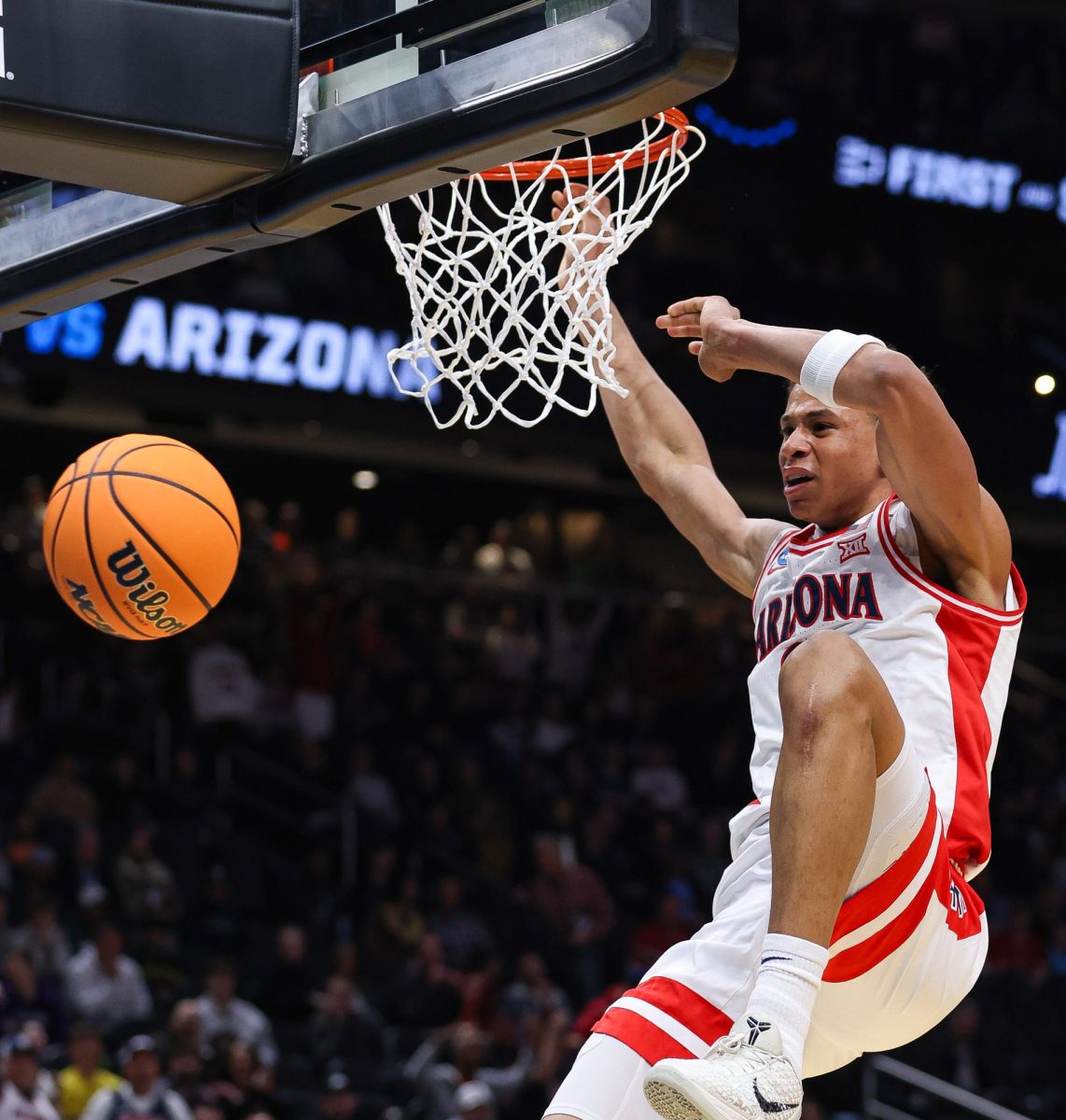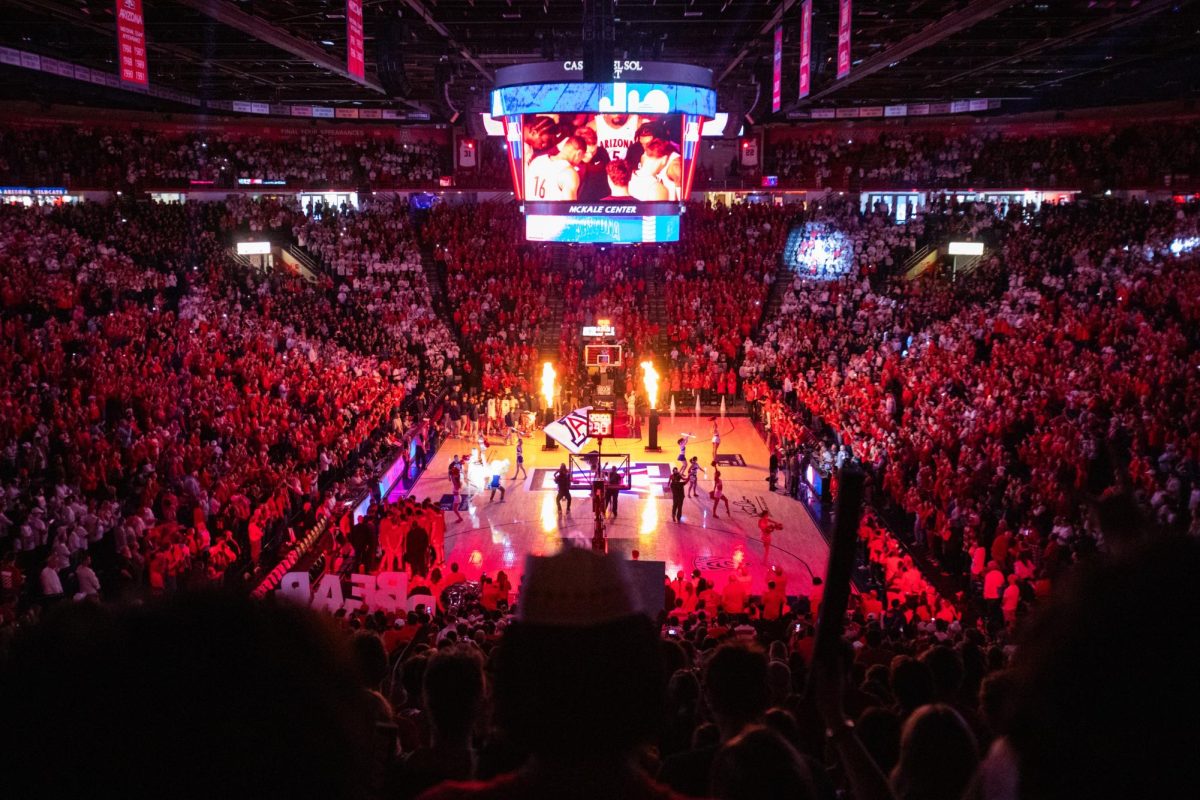Being a college basketball program that has a reputation for breeding success, Arizona men’s basketball is naturally a magnet for prospective transfers from all over the country. Players that have the desire to compete, and win, at an elite level often come to Arizona and make big impacts.
In 2016 power forward Ryan Anderson, who after playing three years for Boston College, decided to come to the UA.
“Coming from BC, I wanted a chance to compete for a national championship and be a part of it,” Anderson said in an interview with the Arizona Daily Star. “That’s the main thing, that and their player development and history.”
In only one season with the Wildcats, Anderson averaged a double-double every game, and was selected first team All-Pac-12.Yet before he could start playing and scoring on the court, Anderson, like all other Division I college transfers, had to sit out of competition for a full year.
NCAA regulations specify that all transfers have to satisfy a year of “academic residence” in order to be eligible to compete at their new school. This can burden, or benefit the likes of an incoming player.
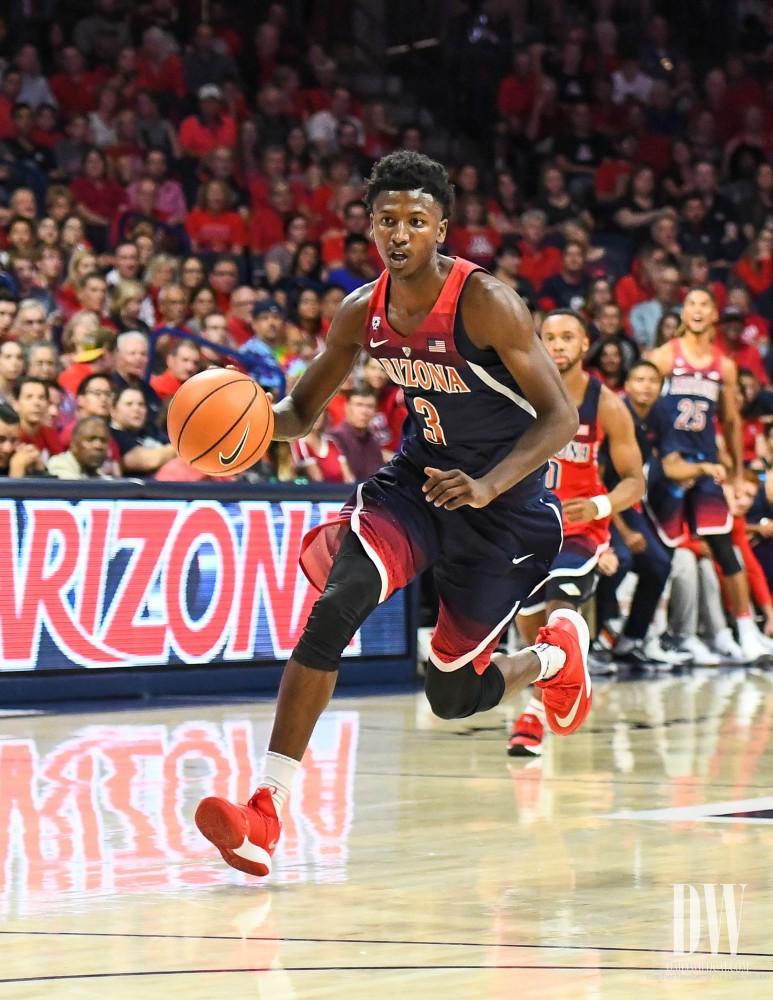
Arizona shooting guard Dylan Smith, who transferred from UNC Asheville before the start of last season, is an example of how a year off can sometimes be necessary to adjust, and improve a player’s game in a new system.
“You have to learn our system and you have to find a way to become a better player,” said Arizona head coach Sean Miller. “There’s no free passes if you’re him. Even in shootaround, we treat him as if he’s getting ready for a game. That’s what you learn in your year off.”
And for transfers like Smith, they are willing to do what it takes to succeed, even if it means sitting a year.
“He told me I had the potential to make the league. That’s what coach Miller plans for me.” Smith said in an interview with the Daily Star. “I look forward to practice every day, because I have to.”
Smith is eligible to play this season, and will probably see time off the bench as a “three-and-D” player, looking to help the ‘Cats any way he can.
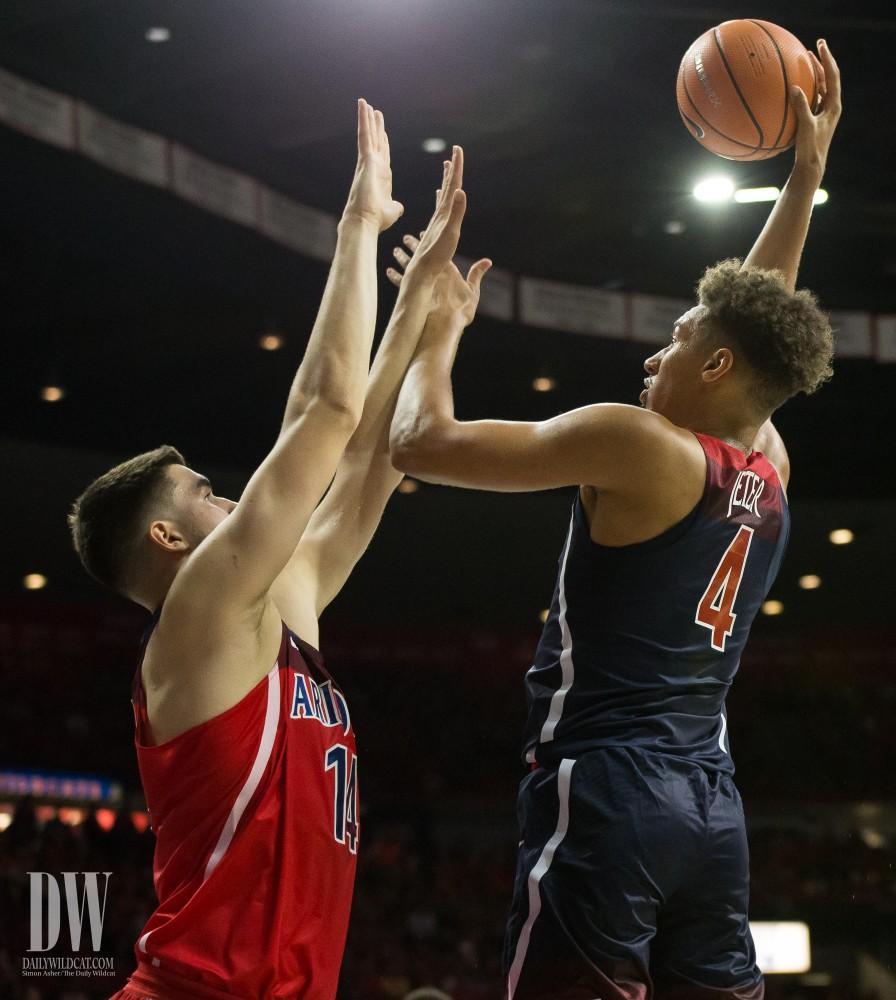
Missing a year can be frustrating, especially for high caliber players who haven’t received much play time in the past, like new transfer Chase Jeter from Duke. Despite his natural talent, he was a McDonald’s All-American in high school, Jeter was stuck at a program in Duke that didn’t utilize him often.
“He was caught in a logjam at Duke and lost confidence, splitting time with several other posts,” said Scout.com analyst Josh Gershon. “He didn’t have the luxury of playing with a true point guard, which also hurt him.”
However, like Smith, Jeter can use his year off to improve, so he can capitalize on the moments where he gets on the court. After the probable loss of Ayton and Ristic after this year, Jeter might be essential at the post next season, which makes this year even more important to prepare.
The necessity of Academic residency for transfers can be debated, but in Arizona’s case, that one year off may be helpful in the long run.
Follow Ian Tisdale on Twitter



